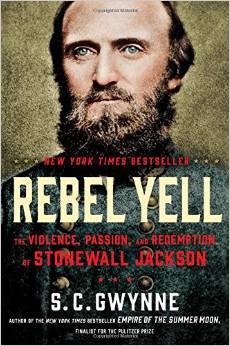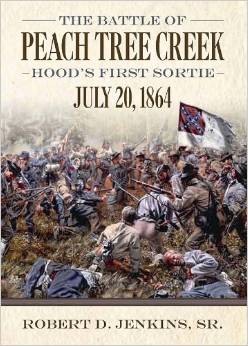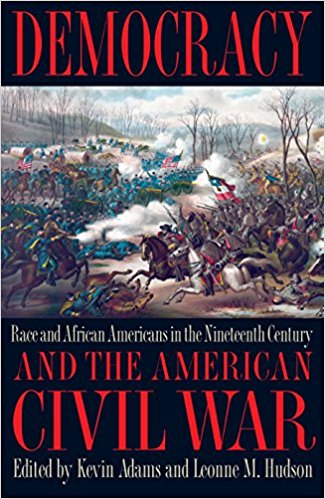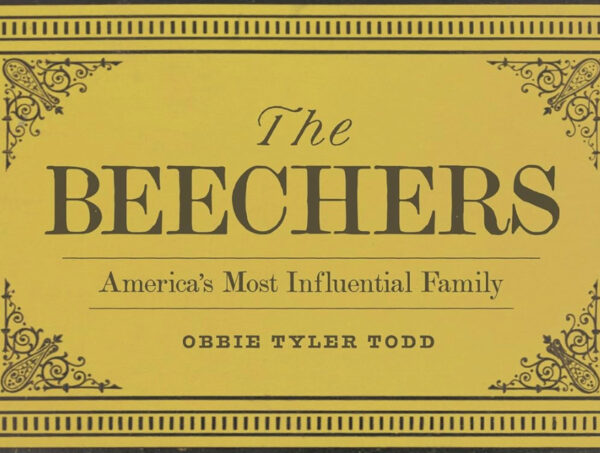This slender volume took shape as the Walter Lynwood Fleming Lectures in Southern History at Louisiana State University. Historian William A. Link, among our most insightful chroniclers of the long nineteenth century U.S. South, brings his considerable talents as a biographer to bear on the career of the fire-eating secessionist turned sectional reconciliationist Roger Atkinson Pryor. The Last Fire-Eater is not a cradle to grave biography; instead, it supplies a searching examination of major themes and situates Pryor’s life in larger historiographical currents. Above all, Link argues, Pryor’s negotiations of the “dizzying changes” wrought by secession and war lay bare the “performative” and “malleable” character of southern “manhood and honor” (2, 11).
Born in the Old Dominion in 1828, Pryor graduated from Hampden-Sydney College and earned a law degree at the University of Virginia. Irascible and hot tempered, he was perhaps better suited for the career he settled on in journalism. Pryor quickly consolidated his reputation as a polemicist, jealously defending “southern honor” and the peculiar institution. With a sonorous voice and a carefully curated “public persona,” Pryor became a “leading exemplar” of the “Southern Chivalry” (4-5). Sparring with Republicans and during a lone but hot-blooded term in the U.S. House of Representatives, he lent his oratorical abilities to the cause of disunion (46).
Not surprisingly, the long-haired fire-eater commanded the rapt attention of the antebellum press. Pryor clearly relished his growing celebrity, and he consciously used newspapers as a venue to engage in “affairs of honor” (15, 23). The copy that Pryor generated for the press serves Link well, for his subject did not leave a lode of personal manuscripts to mine.
The war soon revealed that Pryor, like so many fire-eaters, had “more bark than bite” (26). Pryor scored a commission in the Confederate army and fought on the Peninsula before blundering his brigade into Antietam’s Sunken Road. He performed so poorly that he was downgraded to a desk job—an affront that prompted him to resign his commission. Ever the actor, however, and yet determined to curate his public image, Pryor re-enlisted in the Confederate rank and file. He was captured between the lines at Petersburg and packed off to a period of federal captivity at Fort Lafayette in New York. “Pryor’s participation in the war,” Link concludes, “was at best erratic and at worst problematic. His militant masculinity, so common during the 1850s, could not be sustained on the battlefield” (69).
Indeed, Pryor’s “views on honor, politics, and regional identity” became casualties of the war (8). In attempting to understand how Pryor negotiated the transitions from peace to war and from war to peace, Link locates the fire-eater in the burgeoning literature on trauma and Confederate veterans (74). To a list that already includes alcoholism, opiate addiction, counter-revolutionary violence, suicide, and self-exile to Brazil, Link tallies yet another white southern response to the tribulations of war: moving north and moving on.
Renouncing his antebellum politics, Pryor embraced sectional reconciliation and lived out his last years as a Southern expatriate in New York City—later forming a law partnership with an unlikely partner, bloody-shirt waving Benjamin Butler. Though he continued to romanticize slavery and was “no racial egalitarian,” Pryor “was less willing to adopt fully white supremacist ideas” (90). Link persuasively argues that “there was no one model for reconciliation,” an idea that “was far more complicated and diverse” than many historians represent (87, 90). While David Blight and others have implied that the embrace of reconciliation in the late nineteenth century entailed a tacit embrace of white supremacy, Link argues that Pryor’s rhetoric points to a sort of “pragmatic” reconciliation—one that excused slavery yet scorned treason, accepted the war’s verdict and welcomed improved race relations. These ideas merit further study by historians of Civil War memory.
Packing a considerable historiographical punch, students of the Civil War will welcome William A. Link’s reintroduction of Roger Atkinson Pryor—a colorful character who perhaps never accepted his own, outsized role in rending the country for a terrible cause.
Brian Matthew Jordan is Associate Professor of Civil War History and Chair of the Department of History at Sam Houston State University.





